He was expelled from art school
One of Spain’s most iconic artists never finished his art degree… because he refused to be examined by his incompetent professors. “None of the professors of the school being competent to judge me, I retire,” he said, and was promptly kicked out. There was also an ulterior motive to not finishing; once Dalí had his degree, he would lose all financial support from his father. Perishing the thought, he left university early and lived off his father’s money in Paris.
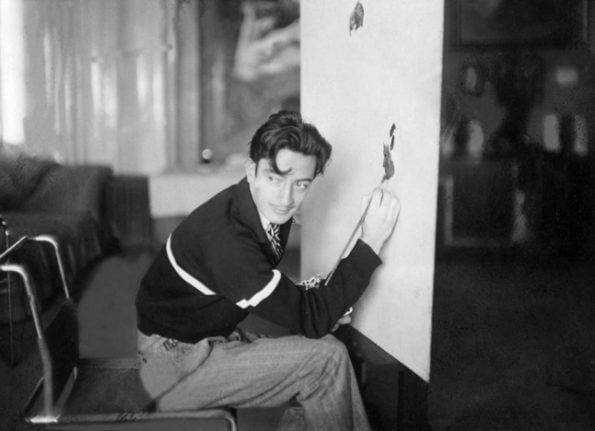
A fortune teller claimed to be his daughter
It seems fitting that the surrealist master should be the subject of a suitably surreal paternity case, filed 26 years after the painter’s death. Astrologist and tarot reader María Pilar claimed Dalí had an affair with her mother, who he met in the fishing village of Port Lliget, where he had a home. Dalí’s body was exhumed in 2017 but DNA tests proved her claims were not true. She has since been ordered to pay for the exhumation costs.
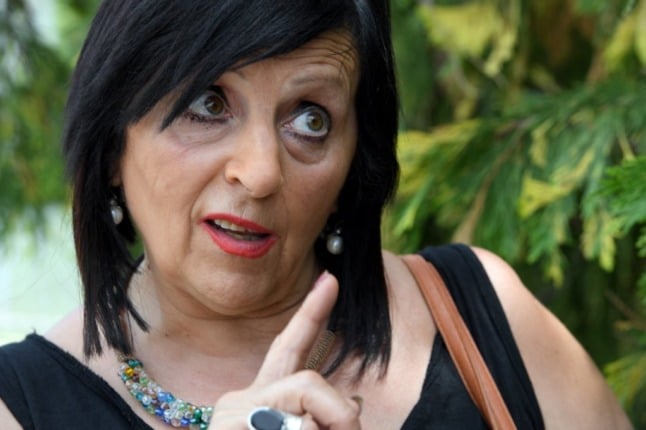
READ MORE: Are you my surreal dad? Dalí to be exhumed on paternity case
His parents believed he was reincarnated
When Dalí was five-years-old, he was taken to the grave of his brother and told by his parents that he was the incarnation of his older sibling. His older brother, also named Salvador, had died almost nine months to the day before Dalí was born. Dalí came to believe he was his older brother’s reincarnation and featured him in several of his paintings, including one titled Portrait of My Dead Brother.
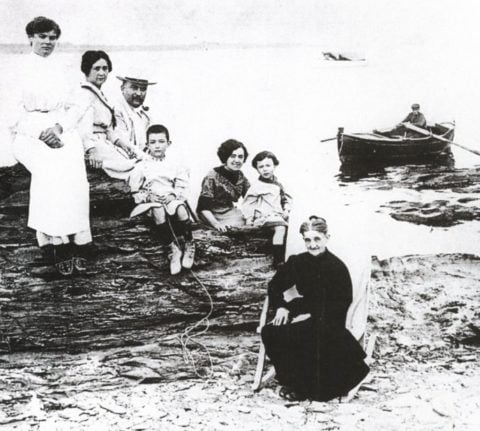
He released a cookbook
It is a little known fact that Dalí adored cooking, so much so he even released his very own cookbook, Les Diners de Gala, in 1973. But true to his surrealist routes, it was far from ordinary. Billed as “an erotic cookbook” it includes a chapter on aphrodisiacs and recipe’s including “Cassanova cocktail”. It was a homage to indulgence as Dalí wrote in the introduction: “If you are a disciple of one of those calorie-counters who turn the joys of eating into a form of punishment, close this book at once.”
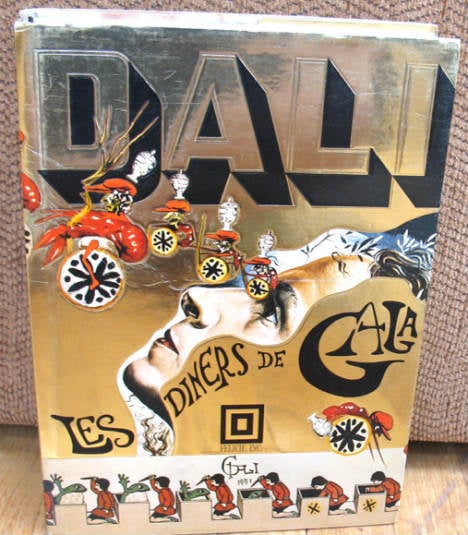
Dali’s cookbook. Photo: ebay
He collaborated with Disney
You might not immediately associate the dark surrealism of Dalí with the saccharine Walt Disney but the two planned to collaborate after Disney approached Dalí to work on a follow up to Fantasia in 1945. The project, Destino, was never brought to the screen, but was released as a short film in 2003.
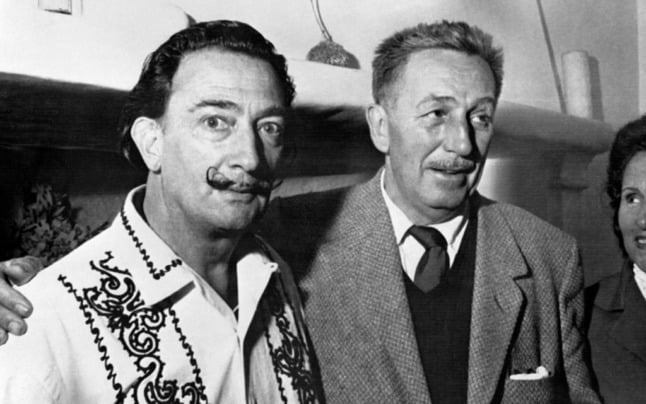
He made his secretaries millionaires
At the time, Dalí’s secretaries were probably hugely annoyed that the artist paid them in paintings instead of money… but they certainly had the last laugh when decades later they would cash in the works that were by then worth millions of dollars. Some of the eccentric artist’s paintings have sold at auction for as much as €12 million. In 2021, a painting bought for $10 at a second-hand store in North Carolina turned out to be a Dalí, a truly surreal experience for the buyer.
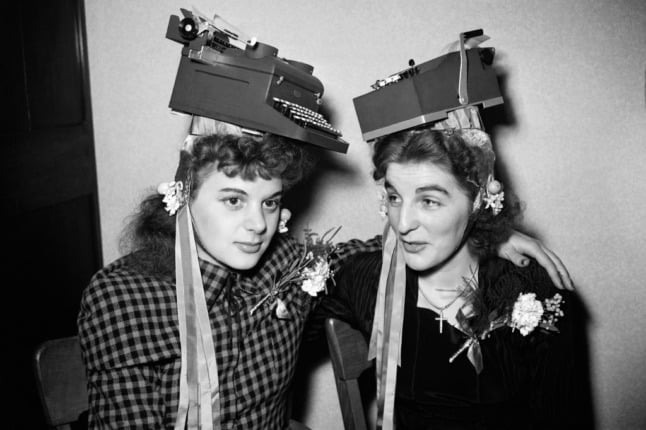
Dalí’s face is now everywhere
The huge success of Spanish Netflix series Money Heist, in which the main characters wear red jumpsuits and Dalí masks, have turned a cartoon-like rendition of the artist’s face into a global symbol of rebellion, in a similar way to how the Guy Fawkes’s V for Vendetta mask came to represent the Anonymous movement. You can now expect to see Dalís pointy moustache in protests in everywhere from Palestine to New York.
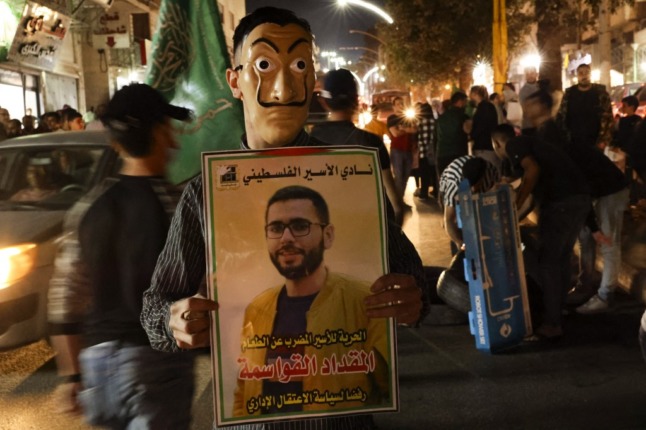

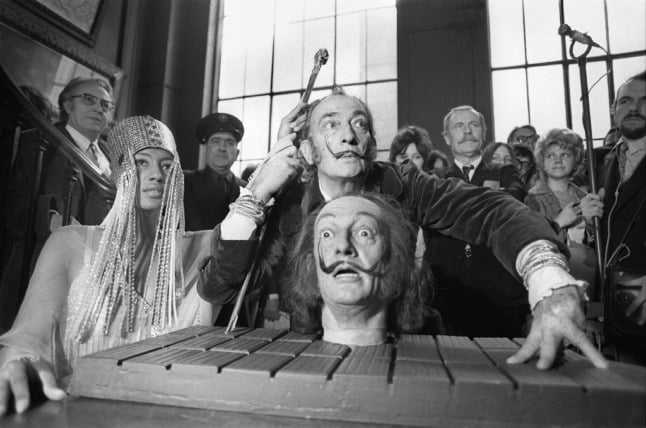
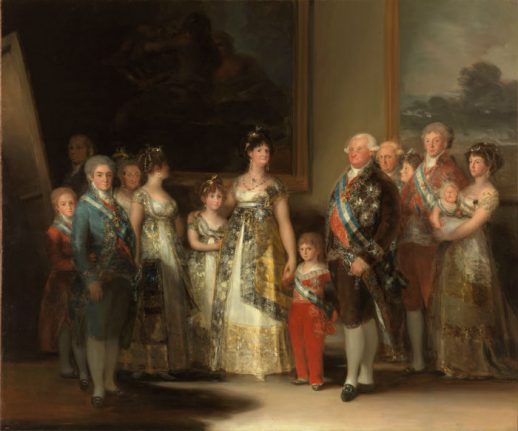
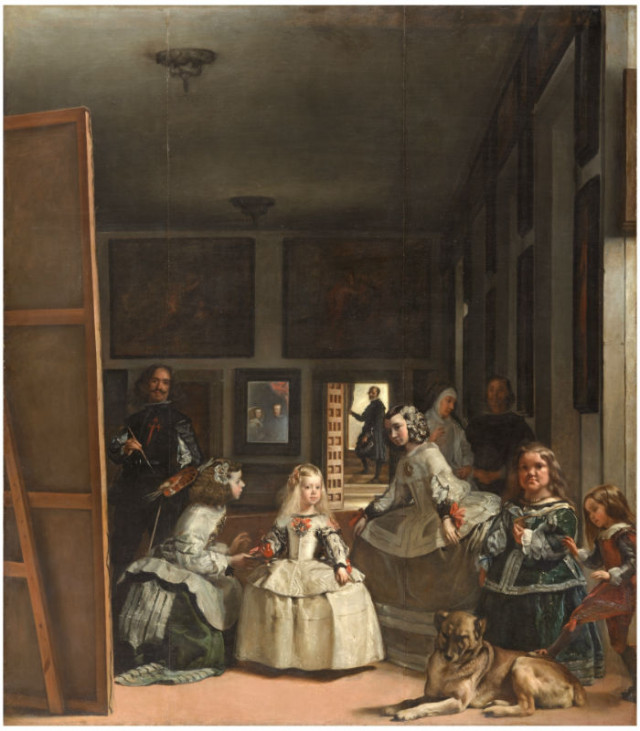
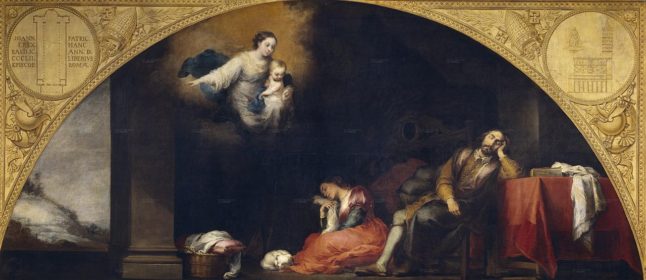
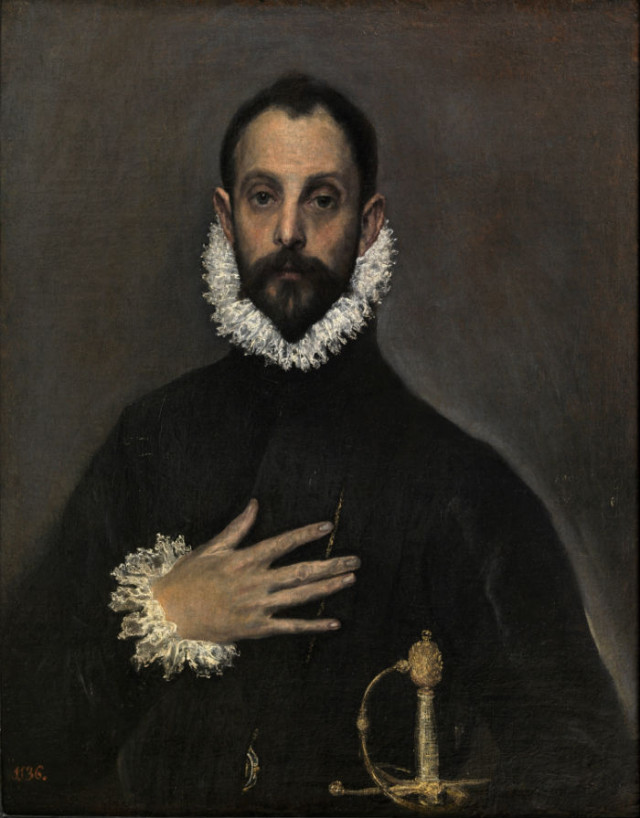
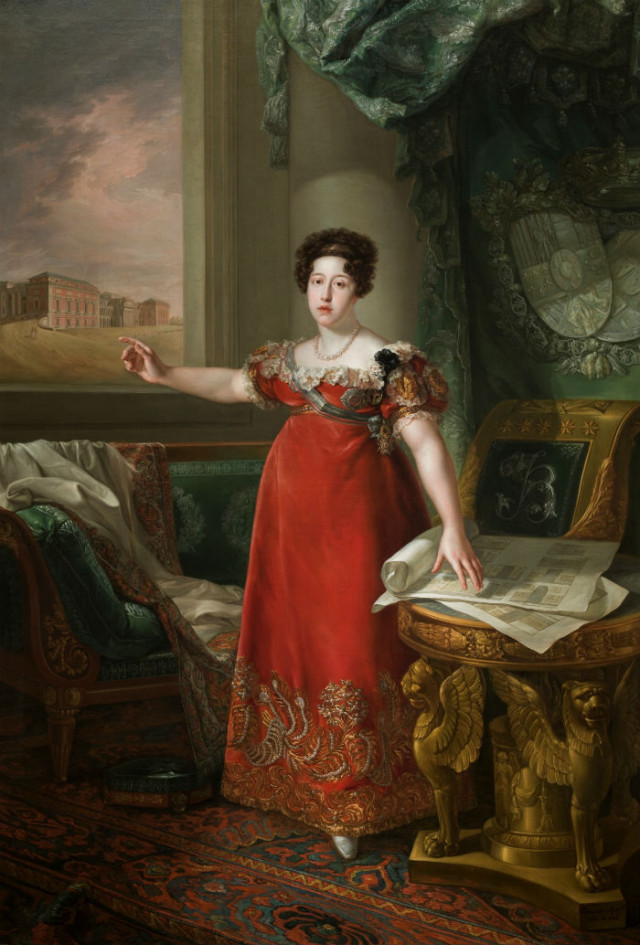
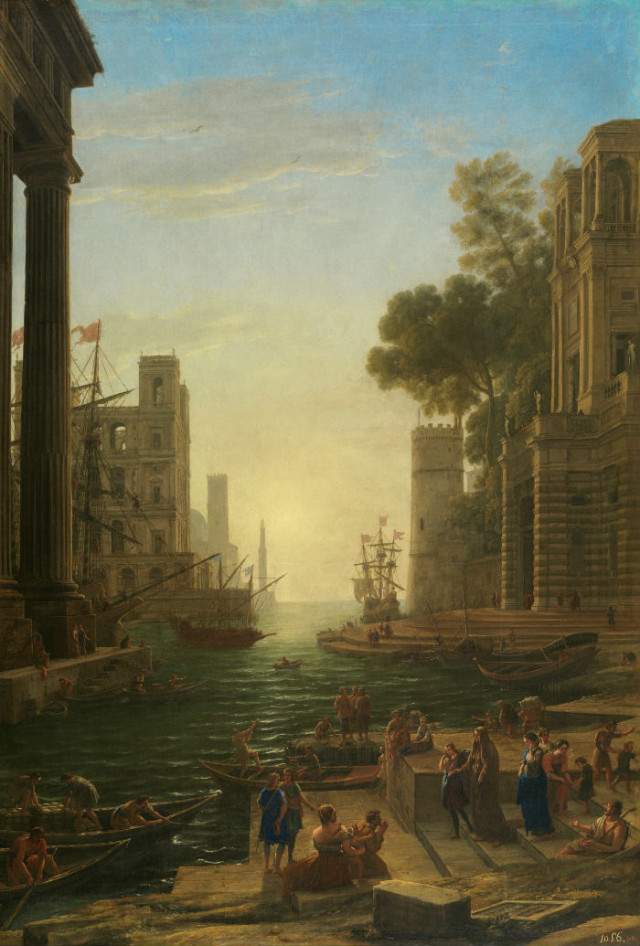
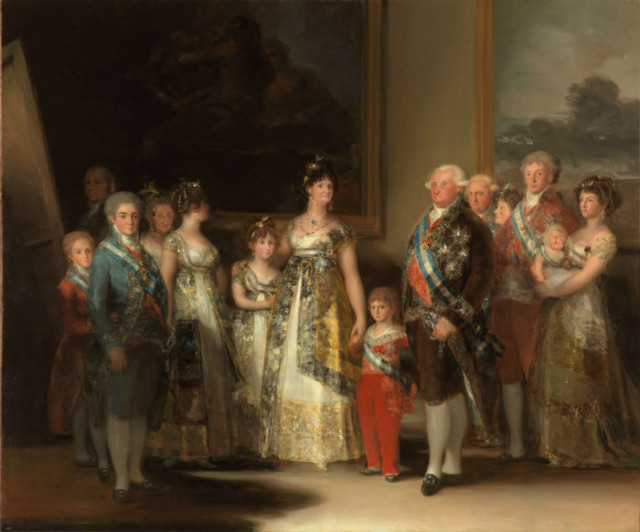
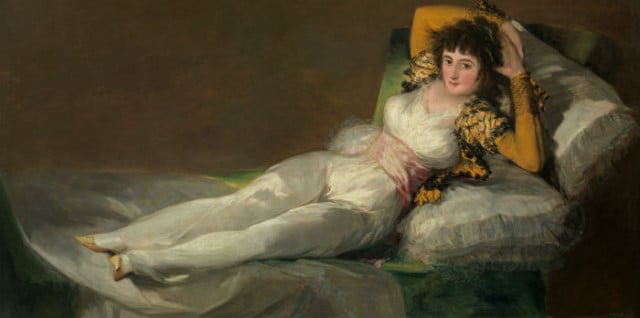
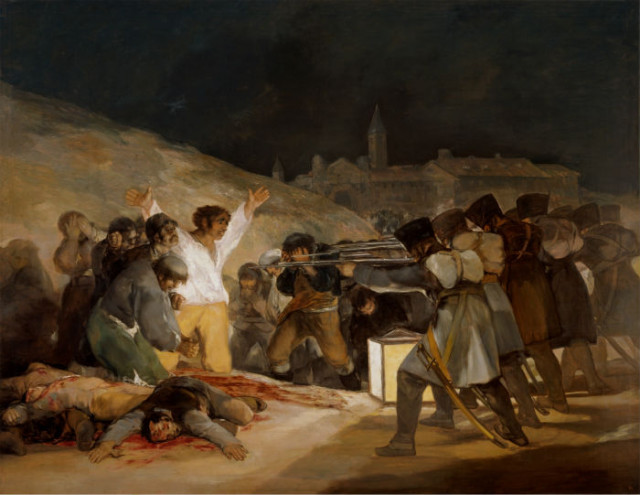
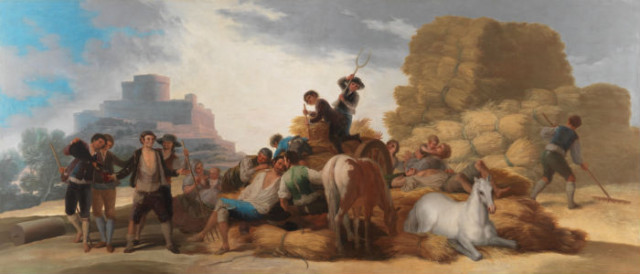
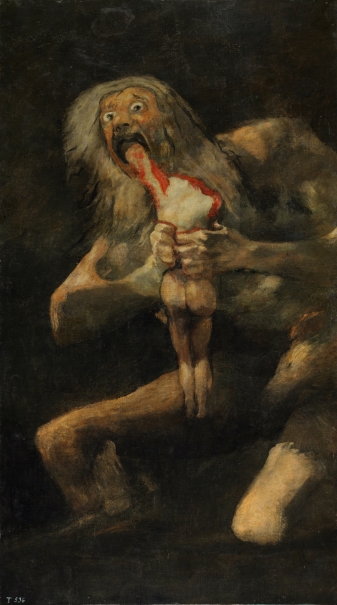
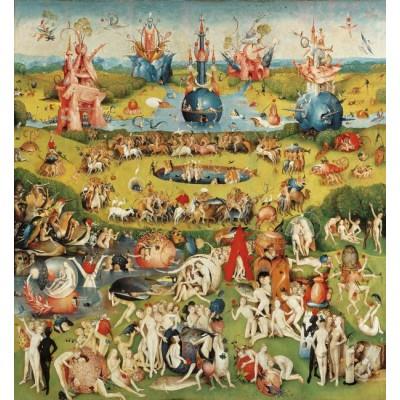
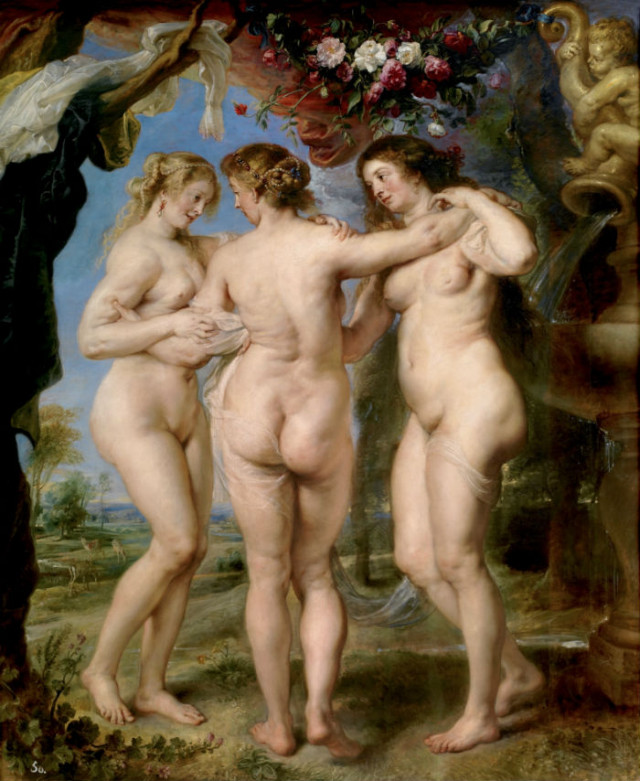
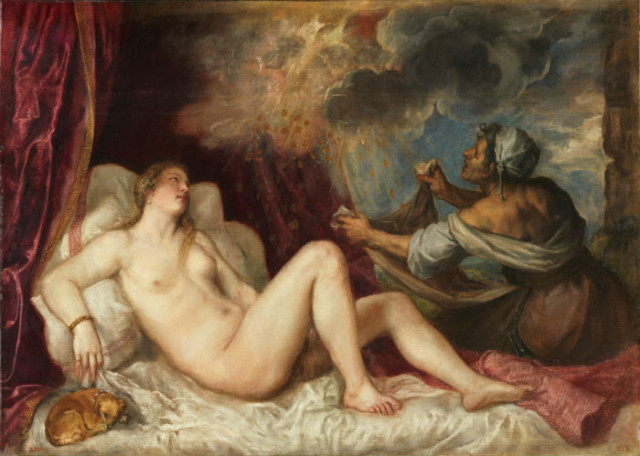
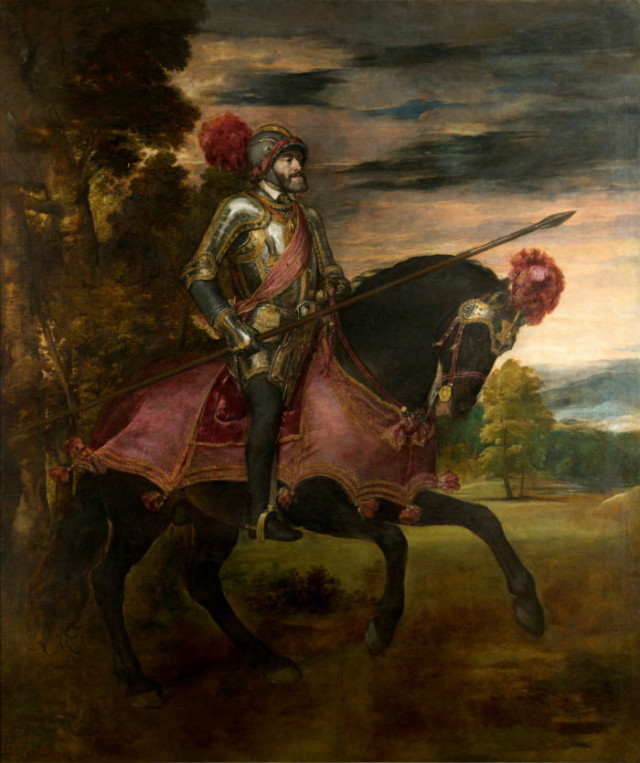
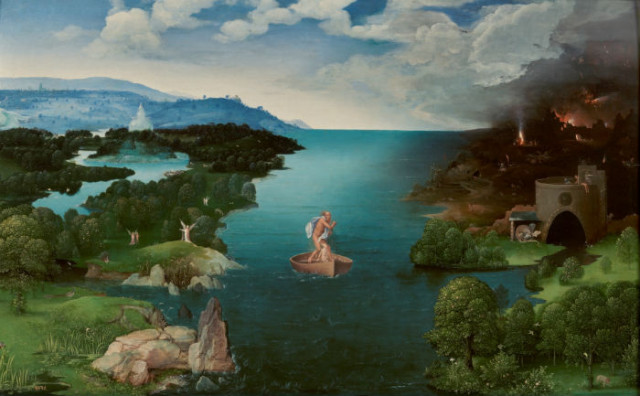
 Please whitelist us to continue reading.
Please whitelist us to continue reading.